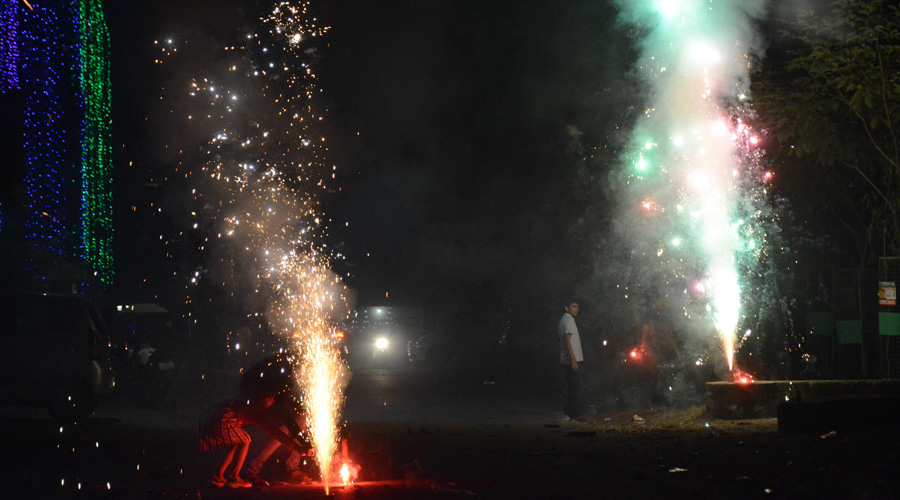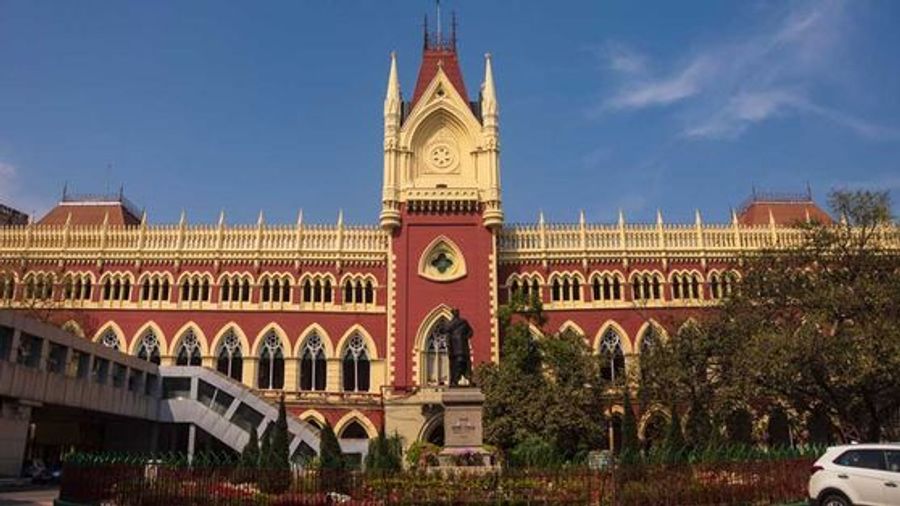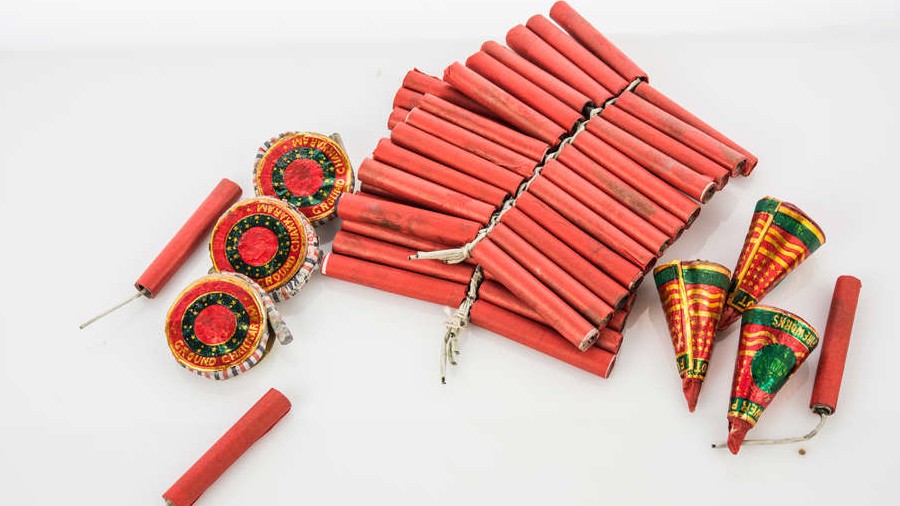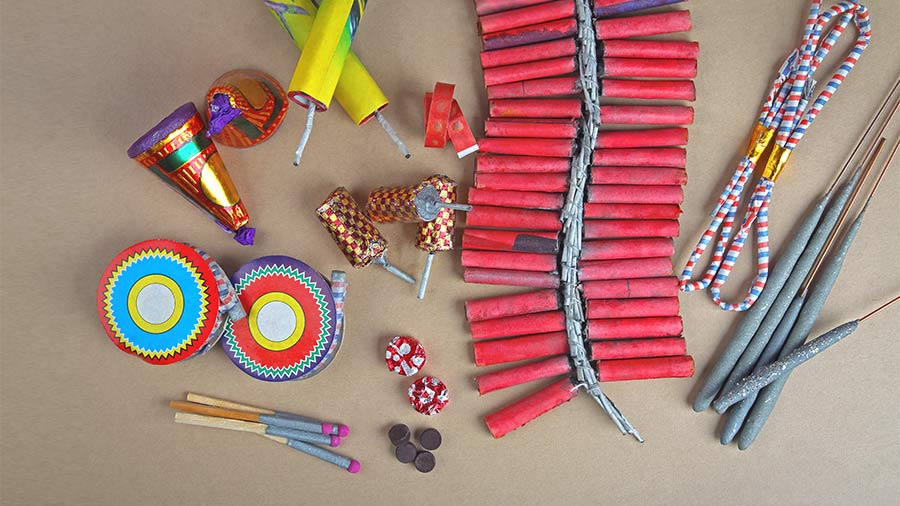West Bengal environment minister Manas Bhuniya on Tuesday said the West Bengal Pollution Control Board would only allow any green firecrackers vetted by central agencies, raising concern that the long-standing 90-decibel noise bar for crackers in Bengal will be violated this Diwali.
According to the National Environmental Engineering Research Institute (NEERI), all the noise emanating green fireworks cleared by them so far, are above 90dB.
“Most of the firecrackers are … in the range of 90- 110dB” said Sadhana Rayalu, chief scientist of NEERI, had earlier told The Telegraph.
Its website claims that the green crackers formulated by them “shows matching performance in sound (100-120dBA) with commercial crackers”.
Biswajit Mukherjee, former chief law officer of the state pollution control board and high court-appointed special officer on noise control, said that the WBPCB’s decision not to impose a 90dB limit amounts to contempt of court, as the said limit has been ratified by series of judicial orders.
“This noise limit of 90 dB from 5 metres was first pronounced by Calcutta High Court in 1997, and subsequently the same was upheld at least 9 times in the Supreme Court, the high court and the National Green Tribunal. As the limit has not been overturned in any order in any court; not abiding by it amounts to contempt of court” said Mukherjee.
While West Bengal’s noise limit for crackers is 90dB 5 metres from the bursting point, the same is 125dB in the rest of India. The Environment Protection Act, 1986, allows states to make any environmental law stringent more compared to the rest of the country.
“We are going by the latest order of Calcutta High Court, which does not mention any noise limit,” said WBPCB chairman Kalyan Rudra.
Senior WBPCB officials said public communications from the agency are also unlikely to mention about the noise limit.
The high court directed only use of green fireworks in response to a case filed by Sabuj Mancha without being explicit about the noise norm.
“The latest high court order has not stated anything about relaxing the prevailing 90 dB noise limit for crackers in West Bengal, hence it is strange why WBPCB is taking such a decision suo motu,” said Naba Dutta of Sabuj Mancha.
In May 2017, based on a report prepared by an expert committee set up by WBPCB and led by ENT specialist Dulal Bose, the WBPCB had directed that “the maximum permissible noise level of the firecrackers at the time of bursting within the state of West Bengal must not exceed 90dB (A) impulse noise at 5 metres from the source”.
Environmentalists claim that this order of WBPCB has not been changed since then.
“I have a detailed meeting with our officials and we have decided that the PCB would only allow green fireworks being vetted by NEERI and the Petroleum & Explosives Safety Organisation (PESO),” said Bhuniya, flanked by WBPCB chairman Rudra and other officials.
The minister also emphasised on inter-department coordination and mass awareness to control noise pollution during festivals.
“The onus of measuring the noise level is on state pollution control board because it’s a state norm,” said a PESO official.



